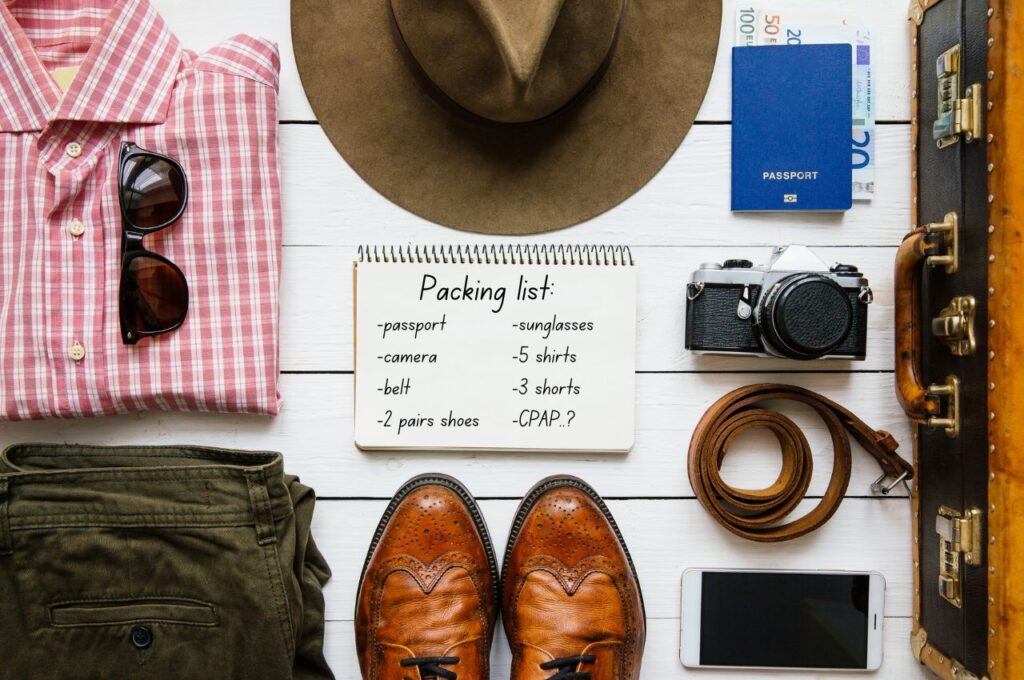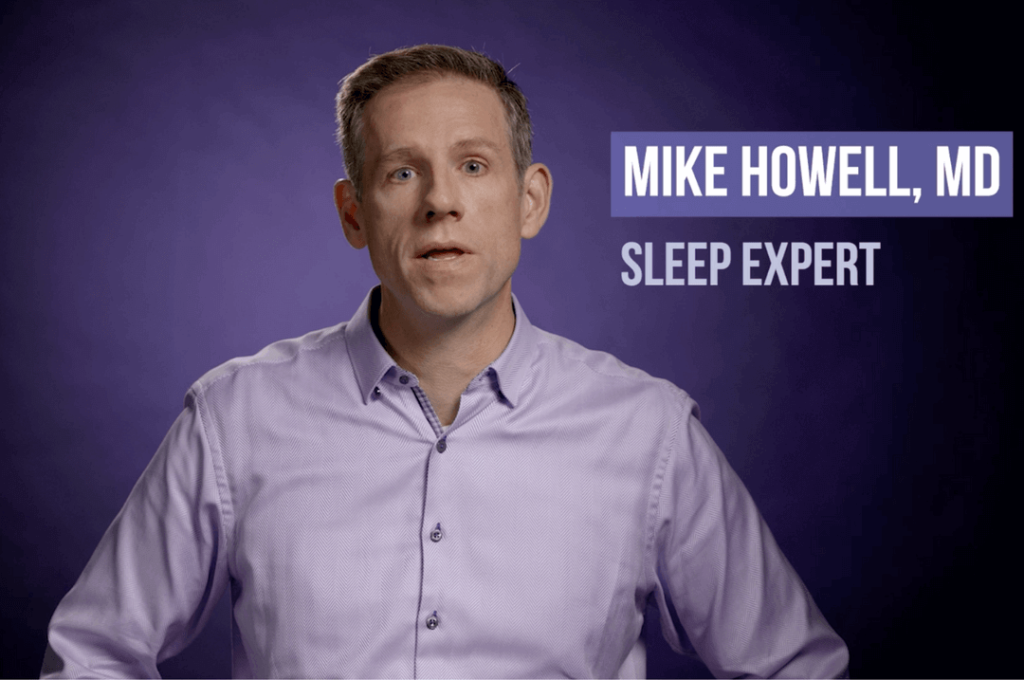Starting out as a new CPAP user can take a little trial and error. Here are some of the most important things you can do to make the transition a smooth one.
Settling in with a New CPAP
Starting out as a new CPAP user can take a little trial and error. Here are some of the most important things you can do to make the transition a smooth one:
– NO PRESSURE – If you’ve ever tried to fall asleep thinking “I need to fall asleep RIGHT NOW,” you already know that kind of pressure is only going to make it harder. It’s the same thing with a CPAP. Thinking “This device needs to transform my sleep and life on the first night!” is setting yourself up for frustration and failure. Sleep becomes more restful and easier as you continue to use it night after night. So ease off the pressure and just let things run their course.
– WHEN YOU’RE READY – Wait until you are sleepy before getting into bed. This is especially true during your first few nights with the CPAP machine. Wait until you’re tired, then mask up.
– LOW STAKES PRACTICE – Put your CPAP device on during the day as practice to help desensitize yourself to wearing it at night. This is particularly helpful if you’re at all nervous about wearing your machine (many people are!). Wear your mask for just 20 minutes during the day while you do other activities, like watch a show or listen to a podcast. Practicing just a couple of times can work wonders.
– WORK UP TO IT – The goal is to wear the CPAP mask during your whole night’s sleep, but in your first few tries, if you need to take it off part way through the night, that’s ok. Every bit of time sleeping with your device on benefits your body and that’s a win! Just give yourself time to get used to using your CPAP a little longer each night.
– DO WHAT FEELS RIGHT – Everyone has a different preferred sleeping position like back, side or stomach. You shouldn’t have to change your sleeping preference because of a CPAP. So always try to start your sleep in the position that feels most natural to you.
– RECIPE FOR SUCCESS–Be careful about what you put in your body before bedtime. Alcohol and caffeinated drinks like coffee and soda make it harder to fall asleep and should be avoided in the hours leading up to your sleep routine.
– HUMIDITY MASTERY–If you’re waking up with a very dry throat or sinuses, it can be a sign that the air coming from your CPAP is too dry. The good news is your machine’s humidity settings are not set in stone! Check your device’s instructions (and with your doctor) for how to adjust the humidity to a level that agrees with your body.
Those are some of our most common tips for getting started with your CPAP machine at home and on the go. But that certainly isn’t all of them. Email us at contact@mygemsleep.com and we may feature your hack in this article! We would love to hear from you. For additional support or content go to mygemsleep.com.





